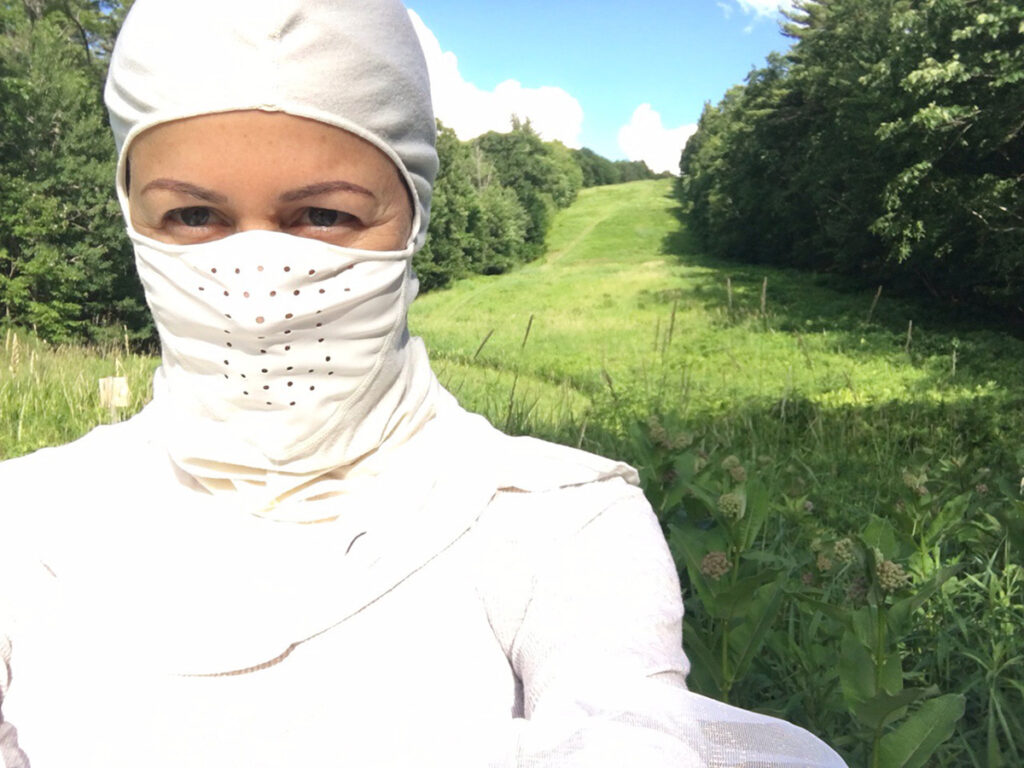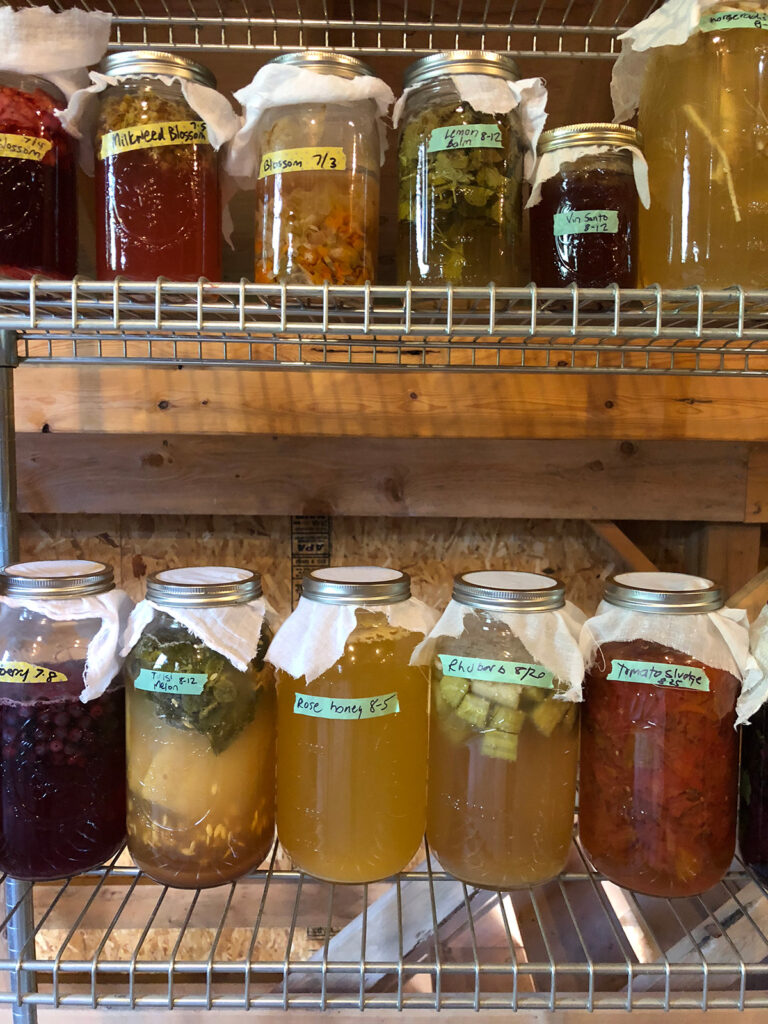There are some things that I would never grow anywhere near my kitchen garden. Mint, for example, would quickly take over everywhere. Chives totally misbehave and love nothing more than to go forth and conquer. Milkweed, while beautiful, fragrant and a great attractor of butterflies, would also spread everywhere in just a season or two. I diligently yank them out from my field, or when a plant or two sprouts up between my asparagus. I’ve been known to spy one out of my binoculars while cooking dinner. I’ll march right down to the pond with a flashlight and delete. Even one flower can become a super-spreader. It’s not that I don’t love them; I just don’t love them and nothing else.

But a few hundred yards through my woods, a path opens into the sunlight. There, a field of milkweed safely thrives. Later in the summer, when it blooms into louche, lilac-purple constellations, the blossoms fragrance the entire area with a decadent perfume that seems part jasmine, part freesia, part tobacco, with the projection capabilities of a Stargazer lily. It’s a heady scent that’s impossible to capture in a bottle. Milkweed blossom syrup often feels like it goes ‘off’ quickly. By the time I go to share my pretty bottles of it with neighbors, it’s taken on a rotten smell. A cruel joke. Laura’s Silverman’s beautiful recipe takes advantage of the abundant yeast available on the blossoms themselves. I’ve tried to capture the milkweed blossom scent into my vinegar program. If you have access to milkweed flowers at their peak, try them as the “stuff” part of my DIY raw vinegar recipe.

But my favorite part of the lifecycle of milkweed is the bud. Partly, because it’s one of the first things in spring that I forage for. The tight green bud has none of the dizzying scent that develops the following month. Instead, these florets can be harvested and eaten like a vegetable. Steamed or blanched then gently grilled, the texture and taste is like broccoli-meets-asparagus. Both heroically useable vegetables in my book. You won’t be tempted to eat milkweed buds raw, particularly because they ooze their resinous, eponymous ‘milk’ and give off strong bitter vibes right away. But if you are, don’t. Google search “safely eat milkweed” about the recommendations. I personally never push limits.
A few words of warning about foraging for milkweed blossoms. Don’t harvest the entire patch. Pick some from here and some from there, especially if you love monarch butterflies. There’s also a hot debate about whether it’s safer to boil or just blanch. Personally, I go for the middle, about as cooked as I might make a plate of broccoli. As with all foraged food, eat a few before you decide to eat a ton. Some people have sensitivities. Better to know after just a taste or two.
My recipe for cooking milkweed buds is not much more than steam, add butter, flaky salt, and a squeeze of lemon. When Chef Tyler Viggiano was around, the traditional konro was his go-to. There’s nothing better than a platter of early summer delights cooked with love and care: garlic scapes, asparagus and milkweed buds.
Milkweed blooms from late May to August. Photos courtesy of Jennifer Solow.
RELATED: Summer Savory Is the Skinny Herb Nobody Knows, But All Cooks Should Grow



